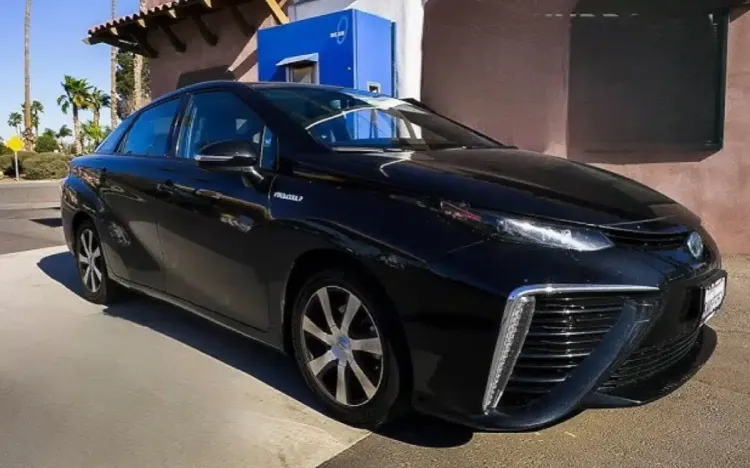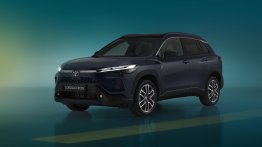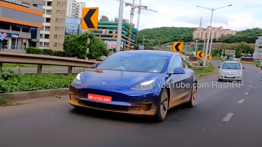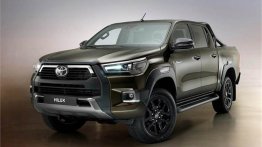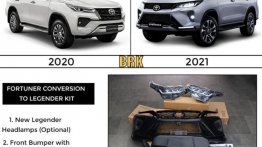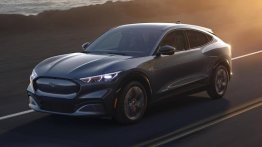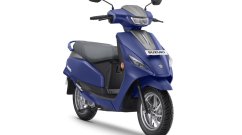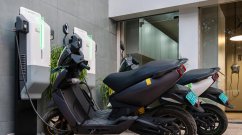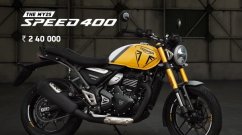Hydrogen cars have long held a certain allure, standing as a promising alternative to electric vehicles. But when it comes to real-world ownership, how do they really stack up against EVs? Dennis, who is a tech enthusiast and also runs a YouTube channel called DennisCW, owns both a Toyota Mirai hydrogen-powered car and a Tesla Model 3 and gives us a firsthand look at the true cost of ownership between the two. His experiences provide an intriguing glimpse into the unique challenges and benefits of both hydrogen fuel cell electric vehicles (FCEVs) and battery electric vehicles (BEVs).
Fueling Costs: Hydrogen vs. Electricity
For Dennis, the Tesla Model 3 is a clear winner in terms of cost per mile. Charging an EV like the Model 3 is considerably cheaper than filling up a hydrogen tank in the Mirai, even though hydrogen is generally more affordable than gasoline. This is a common consensus among EV owners, as home or public electric charging options usually save drivers significant amounts compared to traditional fuel.
Hydrogen fueling, however, does offer a distinct advantage: speed. Dennis notes that “charging” his Mirai takes only a few minutes, comparable to filling up a gasoline or diesel car. In contrast, even the fastest EV chargers require at least 20–30 minutes for a significant charge. For drivers who prize convenience, this is a notable win for hydrogen-powered vehicles. Yet, with the cost per fill being higher than EV charging, this benefit comes with a trade-off.
Convenience Factor: Infrastructure and Accessibility
The biggest drawback Dennis highlights is hydrogen’s limited refueling infrastructure. Hydrogen stations are few and far between, especially outside major urban centers, making road trips and long-distance travel a challenge for Mirai owners. Dennis humorously describes the stations as “finicky,” noting that some may even be out of order when you need them most. This lack of reliability and sparse availability is a hurdle that BEVs like the Model 3 simply don’t face, as EV chargers are now widely accessible across most regions.
Hydrogen Technology: The Power Under the Hood
Hydrogen vehicles like the Mirai operate using fuel cells rather than traditional batteries. Unlike BEVs, which store electric energy in battery packs, FCEVs generate electricity by converting hydrogen gas into power, emitting only water vapor as a byproduct. This approach holds immense promise for environmental sustainability and energy efficiency. Yet, as Dennis notes, the process of storing and converting hydrogen remains costly and technologically complex, contributing to the higher operating costs and limited popularity of FCEVs.
The Verdict: Is Hydrogen Worth It?
For those like Dennis who enjoy the tech-savvy appeal of FCEVs and the environmental advantages they bring, the Toyota Mirai offers a unique driving experience. However, the limitations in refueling infrastructure and higher fueling costs currently put hydrogen cars at a disadvantage compared to BEVs like the Tesla Model 3. As EV charging infrastructure continues to expand and battery technology improves, EVs are likely to remain the more practical and cost-effective option for most drivers.
Ultimately, Dennis’s experience sheds light on a fascinating “unicorn” comparison between two advanced, eco-friendly technologies. While hydrogen-powered cars still have their place in the future of green transportation, EVs appear better suited to today’s infrastructure, cost needs, and everyday convenience.
